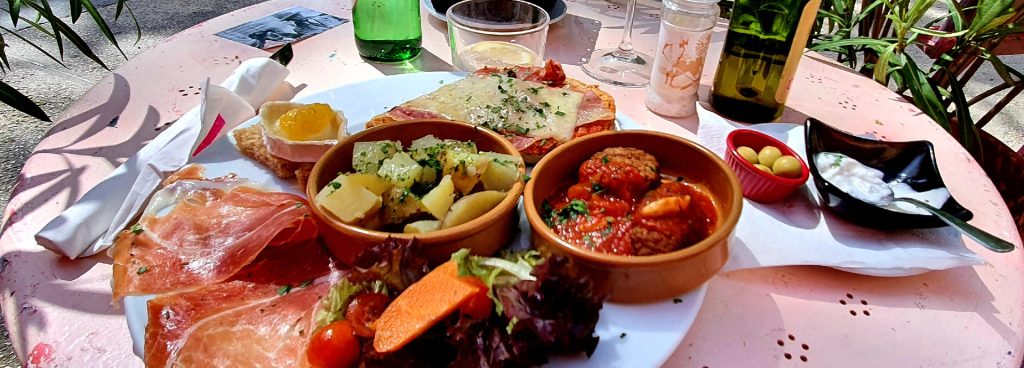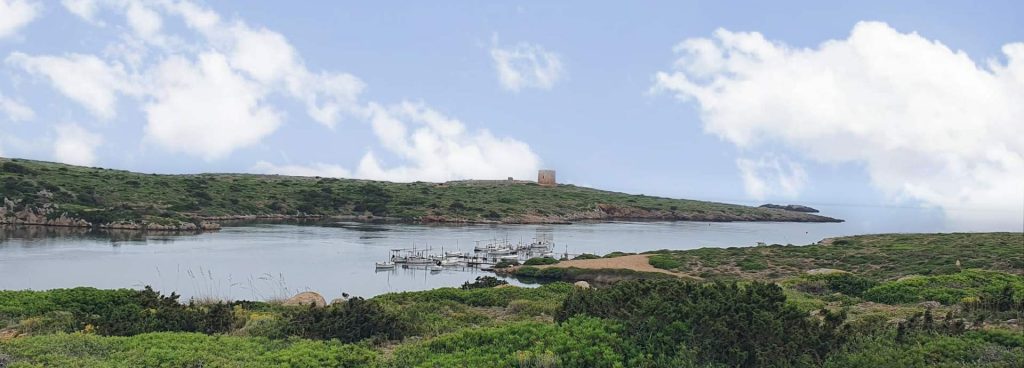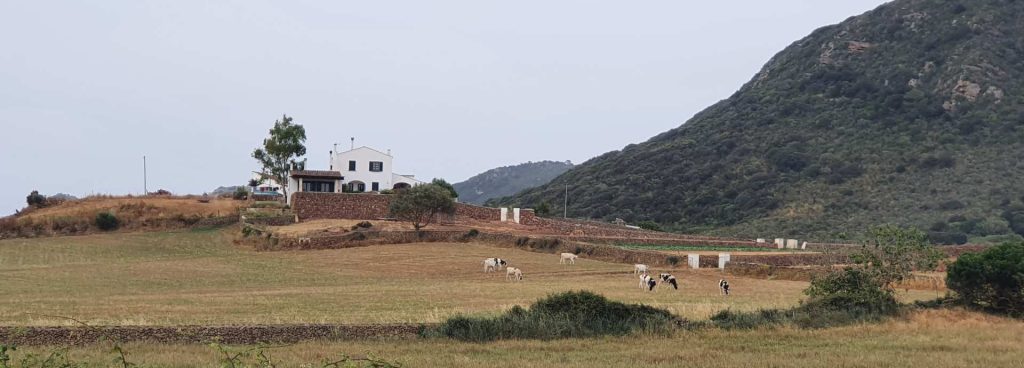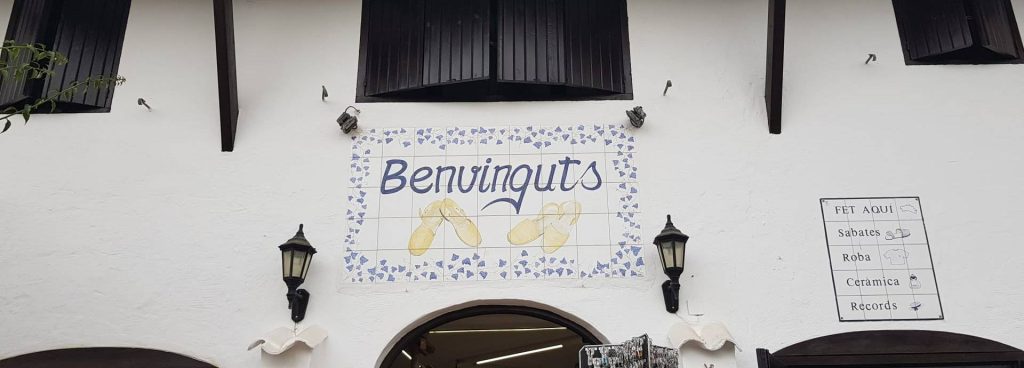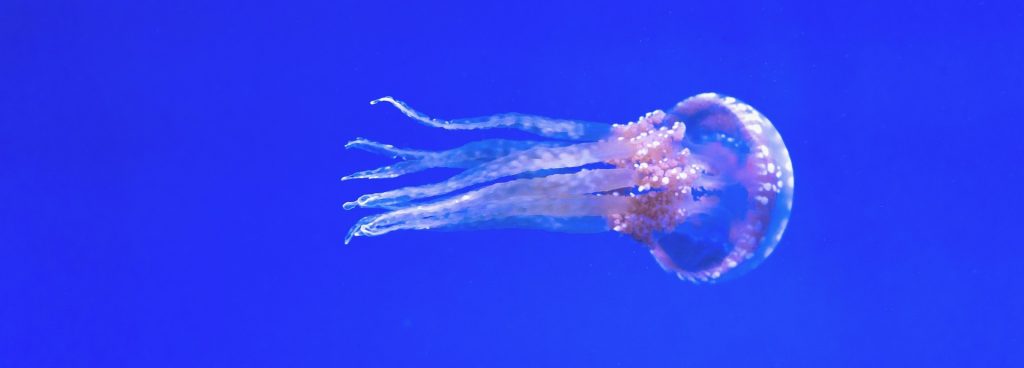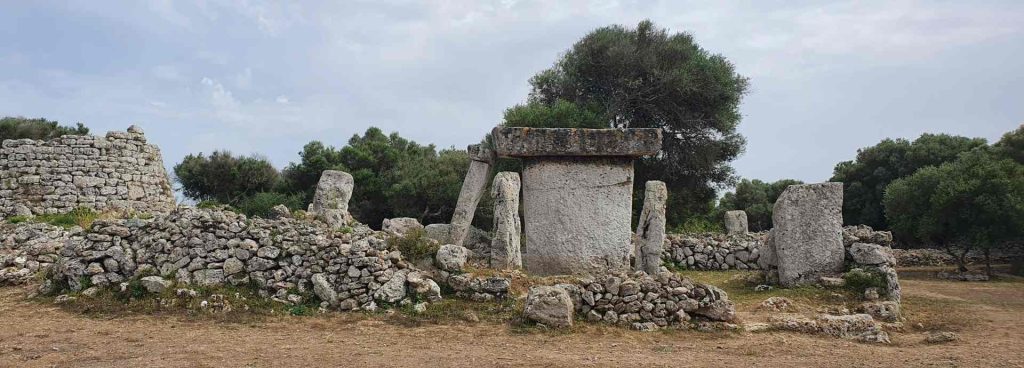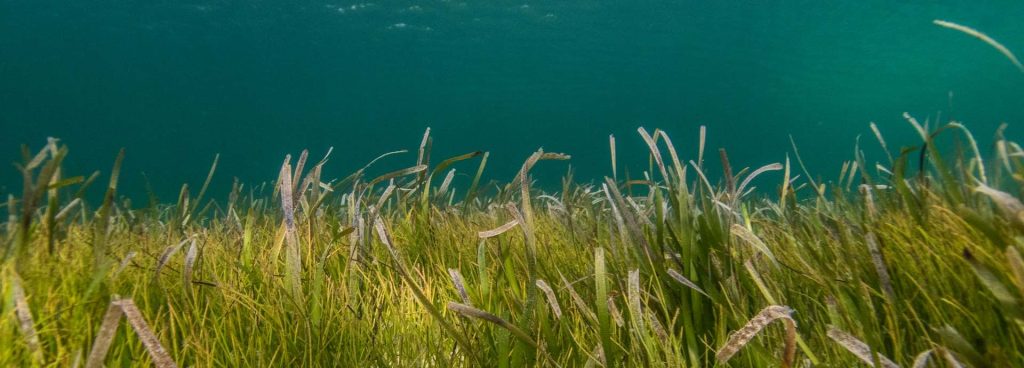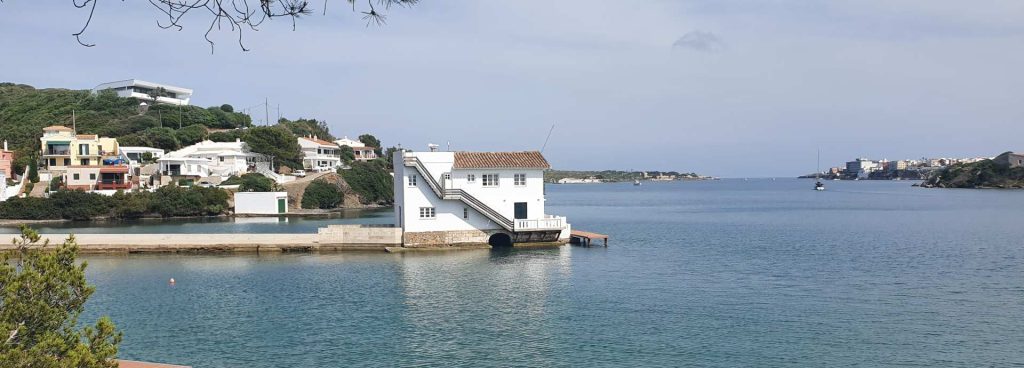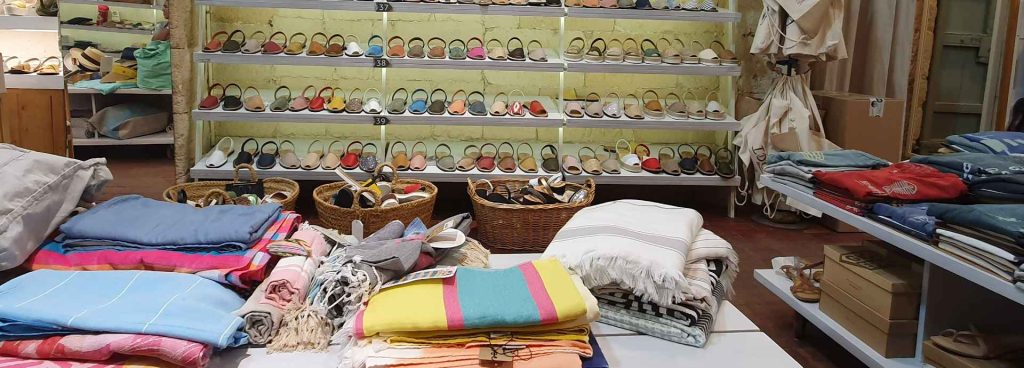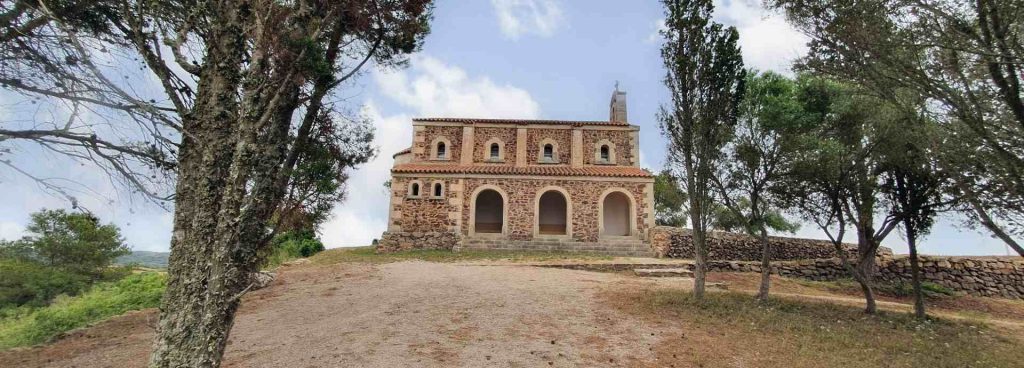Explore the history of the island
While there are hardly any significant witnesses of human prehistory on other Balearic Islands, Menorca is rightly called a "prehistoric open-air museum". Impressive monuments that have survived to the present day and prehistoric finds have attracted many researchers to the island. However, the riddles surrounding the natives and their mysterious buildings have not yet been fully resolved.
Taulas
These are monuments of great aesthetic beauty. Taulas consist of two large stone slabs that lie on top of each other in a T-shape and form a large table, so to speak. A taula is usually ring-shaped surrounded by large monolithic columns or slabs that form a closed complex. Whether the taula only served as a support for a possible roof or even as an altar in the center of a place of worship is still uncertain today. latest
Evidence suggests that the taula was worshiped as a primitive symbol of a deity.
talayots
Talayots are towers built of large, mostly unhewn stones. They can be found singly or in groups, usually enclosed by a wall and always on a hill, such as the Torre d'en Gaumes. Talayots probably served as watchtowers or defensive towers. There are about 200 pieces in Menorca.
Navetas
This is a type of megalithic monument unique to Menorca. The shape can be compared to a keel-up ship. It is agreed that the navetas are communal burial sites. The interior of such a naveta usually consists of the larger burial room, to which a small vestibule leads from the entrance. One of the best known is the Naveta d'es Tudons.
Prehistoric Caves
There are caves all over the island, some of which have retained their natural form, but some have also been subsequently modified and expanded. These caves are located in rocky cliffs above the shore and below ground, the entrance is at ground level. The caves have a round or oblong shape. They either have just one chamber or a collection of different chambers. They served as living quarters, chapels and also as burial sites - such as Cala Coves in the south of the island or Cala Morell in the north.
Cales coves
In the south of Menorca, near the two small "cales" (coves). Here is a prehistoric necropolis with over 40 small caves.
Naveta de es Tudons
4 kilometer(s) from Ciutadella, on the main road to Mahón, is a magnificent naveta, a protohistoric stone building considered to be the oldest in Europe (last restored in 1952).
Talati de Dalt
Another exceptional village with taula and perimeter, a talayot, megalithic caves, prehistoric colonnades and rooms. It is located 4 km from Mahón, on the left of the main road towards Ciutadella.
Torralba d'en Salord
To the right of the road from Alaior to Cala 'n Porter you will find the best built taula on the island: the Torralba taula.
Torre (Tower) Llafuda
This prehistoric village is located 7 km from Ciutadella. During the visit you will have the opportunity to see a ruined taula and the remains of houses and caves.
Torre d'en Gaumes
The largest prehistoric village on the island, with its taula and perimeter perfectly preserved. Three talayots, a row of megalithic columns, caves, remains of living quarters, etc. can be viewed by visitors. The settlement is about 14 km from Mahón on the road from Alaior towards Son Bou.
Trepuco
A taula, a large talayot and other structures were excavated here in 1939. The village is about 2 km from Mahón towards Villacarlos.
Rafael Ruby
7 km after Mahón, on the main road from Mahón to Ciutadella, you will see two magnificent navetas on the right, one of which was recently excavated.
Son Catlar
On the way to Ciutadella to Son Saura beach, you will see various talayots, taulas, remains of living quarters and a megalithic wall.

